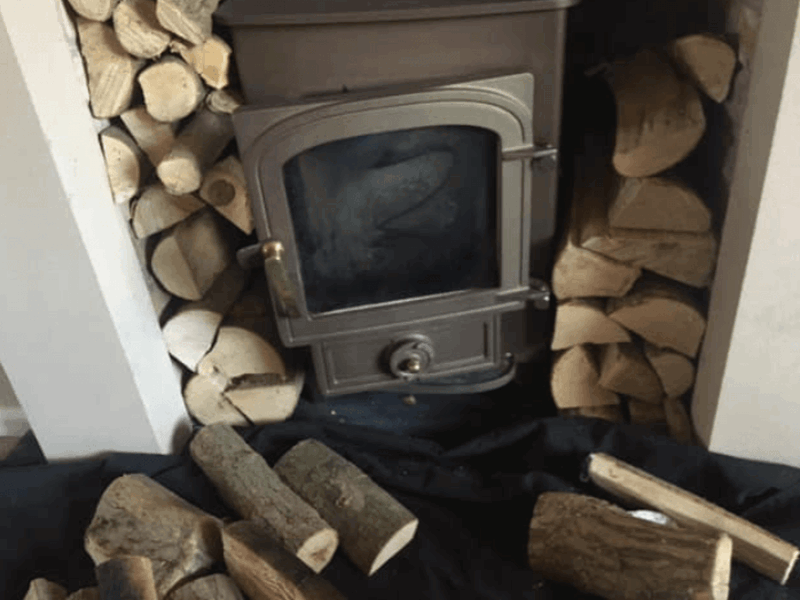Firefighters warn residents on storing and drying wood next to burners

Staffordshire Fire and Rescue Service is warning residents about the dangers of storing and drying wood next to burners following an incident recently.
A crew from Sandyford attended an address on Biddulph Road, Stoke-on-Trent, at around 10.05am yesterday (Wednesday 23 March) following reports of excessive smoke coming out from a chimney.
All persons were accounted for and thankfully no one was injured.
It is believed the excessive smoke was caused by damp timber being stored on a log burner.
Simon England, Prevent Delivery Lead at Staffordshire Fire and Rescue Service, said: “If you are burning wood, make sure that it is completely dried. Don’t burn unseasoned, wet, soft or tanalised wood as they leave greater tar deposits which increases the chimney fire hazard.
"Please ensure combustibles remain stored safely including seasoned logs and avoid storing these next to burners and open fires due to the radiated heat increasing the likelihood of them catching fire
“We attend numerous chimney fires every year. By having regular inspections and cleaning, these fires can be prevented.”
Here are our top tips for minimising the risk of a chimney fire:
We strongly recommend that the chimney is cleaned regularly and in line with the below guidelines.
- Wood - Quarterly when in use
- Smokeless fuels - at least once a year
- Bitumous Coal - at least twice a year
- Oil - at least twice a year
- Gas - at least twice a year
- Biomass - at least once a year
- The best times to have your chimney swept are just before the start of the heating season and after any prolonged period of shut-down.
- Always leave matches and lighters out of reach of children- consider buying child resistant lighters and match boxes to reduce the risk.
- Remember a blocked or defective chimney can cause carbon monoxide poisoning from gas or solid wood fires.
- Always ensure good quality fuel is used- more information about how to buy the correct fuel can be found on the HETAS website.
- Always use a fire guard to protect against flying sparks from hot embers. Make sure you store all fuel away from an open fire or stove. Never use petrol or paraffin to light your fire.
- Carbon monoxide alarms should be installed. All alarms should be regularly tested.
- Heat monitors/alarms for wood burners/flue temperatures are recommended as early warning systems. The aim is to burn at the correct temperature and reduce risks associated with hot gases or tars, so being aware and vigilant is important.
For more information on chimney/log-burning safety, visit: Chimney fire safety (staffordshirefire.gov.uk)
Published:
